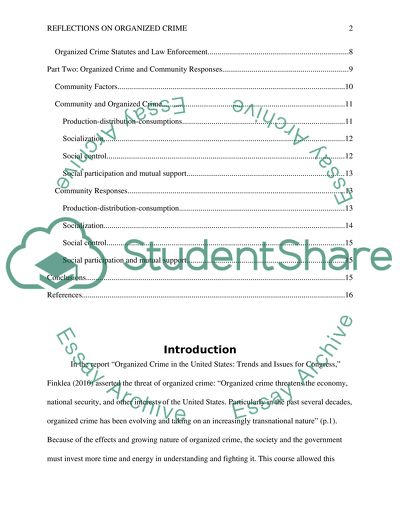Cite this document
(“Reflections on organized crime and finding community-level resolutions Essay”, n.d.)
Reflections on organized crime and finding community-level resolutions Essay. Retrieved from https://studentshare.org/sociology/1401528-signature-assignment
Reflections on organized crime and finding community-level resolutions Essay. Retrieved from https://studentshare.org/sociology/1401528-signature-assignment
(Reflections on Organized Crime and Finding Community-Level Resolutions Essay)
Reflections on Organized Crime and Finding Community-Level Resolutions Essay. https://studentshare.org/sociology/1401528-signature-assignment.
Reflections on Organized Crime and Finding Community-Level Resolutions Essay. https://studentshare.org/sociology/1401528-signature-assignment.
“Reflections on Organized Crime and Finding Community-Level Resolutions Essay”, n.d. https://studentshare.org/sociology/1401528-signature-assignment.


